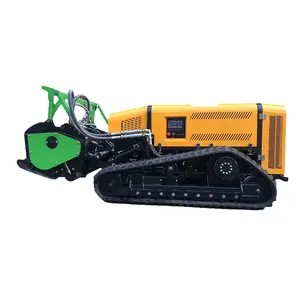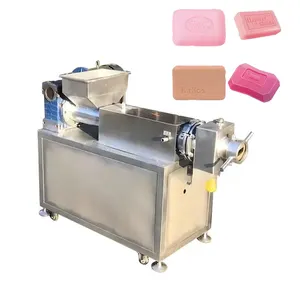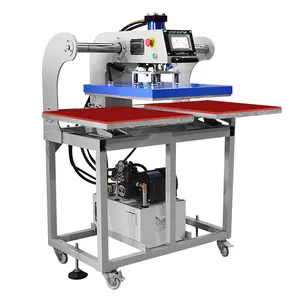Popular in your industry


































































































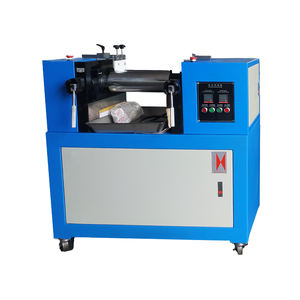









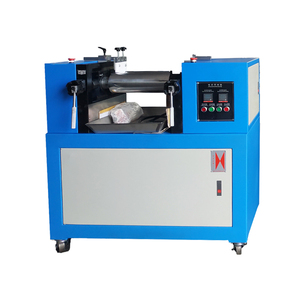









































































































Top categories
About rubber mixing plant
Introduction: Rubber Mixing Plant
The rubber mixing plant is a crucial piece of machinery used in the rubber manufacturing industry. It plays a significant role in blending raw materials to produce high-quality rubber compounds used in various applications. This plant is designed to efficiently mix rubber materials with precision and consistency, ensuring the final product meets the required specifications.
Types of Rubber Mixing Plants
There are several types of rubber mixing plants available on Alibaba.com, catering to different production needs. These include batch-off cooling rubber mixing plants, internal mixer rubber mixing plants, and open mill rubber mixing plants. Each type has its unique features and benefits, making them suitable for specific manufacturing processes.
Technical Specifications
When considering a rubber mixing plant for your operations, it is essential to pay attention to the technical specifications. These plants typically have a mixing capacity ranging from 5 liters to 1000 liters and motor power varying from 5 kW to 200 kW. The mixing speed can be adjusted between 20-30 rpm, ensuring thorough blending of the rubber compounds.
Advantages of Rubber Mixing Plants
Investing in a high-quality rubber mixing plant offers numerous advantages to manufacturers. These plants enhance production efficiency by automating the mixing process, leading to consistent quality of the rubber compounds. Additionally, they reduce labor costs and minimize material wastage, contributing to overall cost savings.
Features of Rubber Mixing Plants
Modern rubber mixing plants come equipped with advanced features to streamline the manufacturing process. Some common features include PLC controls for precise operation, temperature control systems to maintain optimal mixing conditions, and safety interlocks to ensure operator safety during operation.
Choosing the Right Rubber Mixing Plant
When selecting a rubber mixing plant for your business, it is essential to consider your specific production requirements. Factors such as batch size, mixing capacity, power consumption, and automation level should guide your decision. Additionally, opting for a reputable supplier on Alibaba.com ensures you get a quality machine that meets your needs.
Maintenance of Rubber Mixing Plants
Proper maintenance is crucial to ensure the longevity and efficiency of your rubber mixing plant. Regular cleaning of mixing chambers, inspection of machine components, and lubrication of moving parts are essential maintenance tasks. Following the manufacturer's maintenance guidelines will help prevent breakdowns and ensure smooth operations.
Enhancing Production Efficiency
By incorporating a state-of-the-art rubber mixing plant into your manufacturing process, you can significantly enhance production efficiency. These plants are designed to reduce mixing time, improve product quality, and increase output, allowing you to meet market demands effectively. Additionally, the automation features of modern mixing plants streamline operations and minimize manual intervention.
Cost-Effective Solution
Investing in a rubber mixing plant from a reliable supplier on Alibaba.com offers a cost-effective solution for rubber manufacturers. These plants are designed to optimize material usage, reduce energy consumption, and minimize downtime, resulting in long-term cost savings for your business. Moreover, the competitive pricing and financing options available on the platform make it a viable investment.
Conclusion
In conclusion, a rubber mixing plant is a vital asset for rubber manufacturers looking to enhance their production capabilities. By understanding the different types, technical specifications, advantages, and maintenance aspects of these plants, businesses can make informed decisions when purchasing on Alibaba.com. Investing in a quality rubber mixing plant not only improves operational efficiency but also ensures the consistent quality of rubber compounds for various applications.
